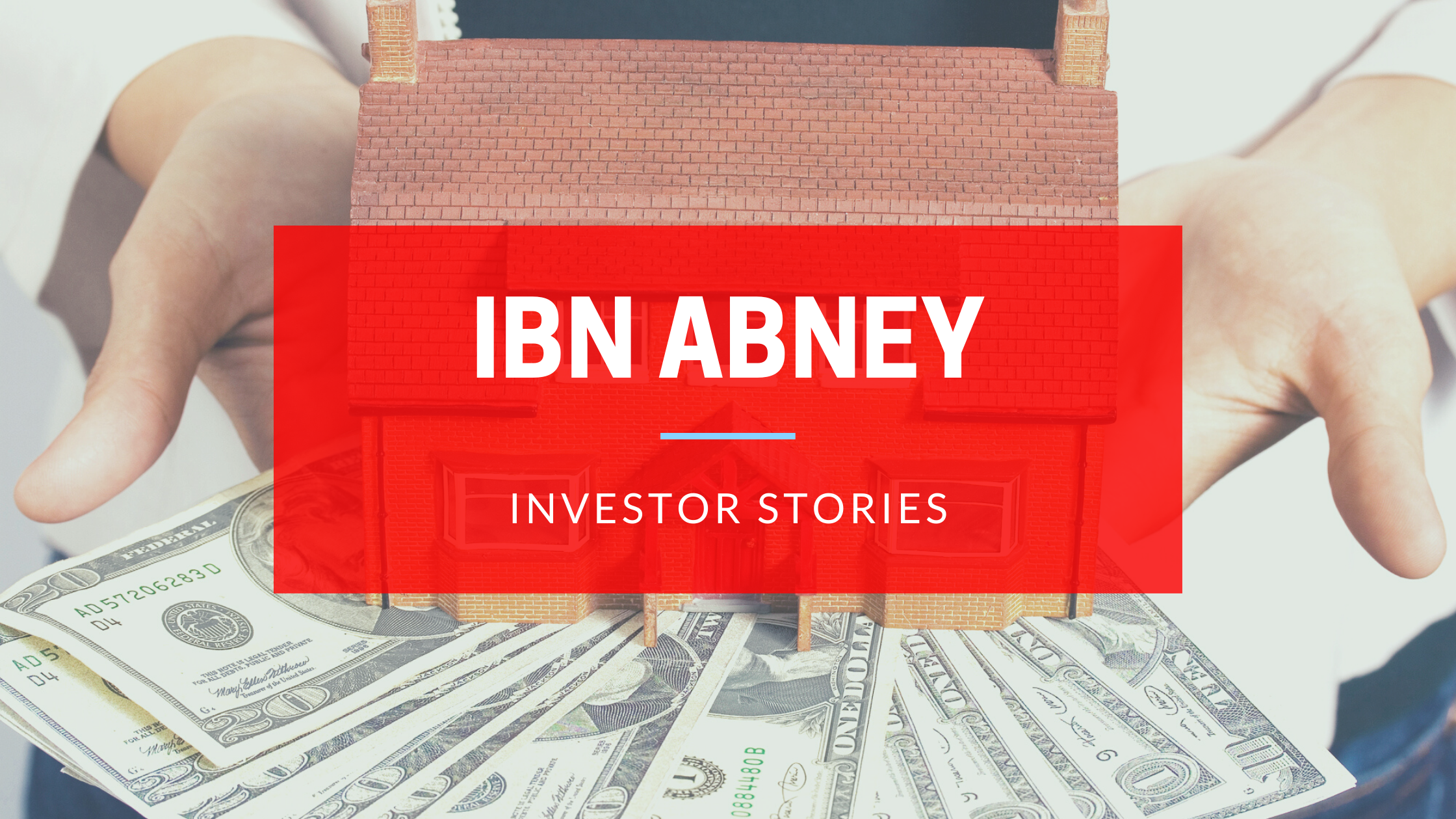Today’s investment story comes from Ibn Abney, a full-time W2 employee, developing a real estate portfolio part-time. Ibn is also the founder of the SouthEast Chicago Real Estate Club.
Pre-close
Ibn understands the Kenwood and Bronzeville area of the city block-by-block and owns multiple units within these communities. This built-in knowledge allowed him to immediately recognize a great value-add deal on the MLS and put it under contract before others investors could react. Knowing the back-end after-repair value (ARV) he was confident that there was enough spread between the acquisition rehab and the ARV to justify the purchase.
The property was listed at $175k and Ibn offered 150k; negotiations landed at a sale price of $165k. Ibn was able to move quickly as he not only knew values in the area, but also had pre-existing relationships with an agent, lender, and sub-contractors to get the deal done. One minute he went from texting his agent to make an offer and the next thing you know the two sides are at the negotiating table.
The building itself had several violations which led to hiccups throughout the project (more to come). The property was zoned for both a single family home (SFH) as well as a multifamily (2-4 units). Interestingly, Ibn had to get a 2nd appraisal on the property as a SFH for purposes of his hard money loan. This was because the original appraisal’s expected ARV number came in too low; due to the lack of comparable 3-units in the area. Strong development in the target market drove an estimated ARV appraised value of $505,000 as a SFH in the second appraisal.
Ibn funded this deal using a hard money lender, something he mentioned he would prefer to avoid. The lender used the 70% rule to evaluate the property, assuming a $250k rehab budget and a 12-month loan. Fortunately, Ibn entered the deal with three possible exit plans - hold the property as 3-unit multifamily, develop as a SFH, or flip it to a househacker. Before actually closing, Ibn proactively attempted to cut down on holding time, by completing much of the architectural drawing/design process, aligning with various subcontractors, and locating city permit requirements.
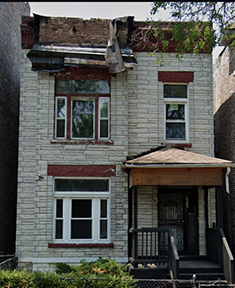
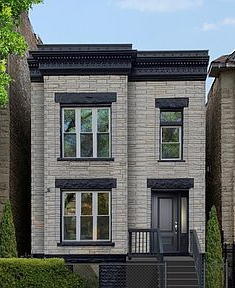
Execution
First of several obstacles were similar to that of many rehabbers’ biggest source of frustration… a contractor. After the demolition was complete, Ibn fired the GC due to uncertainty around the project’s pricing. In a very impressive feat of determination, Ibn actually obtained his own GC license, and managed the project himself from this point onward. Shortly thereafter, entering the colder months of November/December, Ibn had a falling-out with his plumber who eventually walked off the job. As the project was half-completed and required a licensed plumber, it took Ibn months to find a qualified plumber and have him finish the job. The negative side effects of this falling-out were exacerbated by the higher holding costs associated with a hard money loan.
One of the biggest financial hurdles for this project was the result of purchasing the property in February when there was still snow on the ground. When Ibn first inspected the property, snow covered much needed concrete work, leaving him to discover this surprise while work was already underway. This ballooned the rehab budget by an unexpected $40,000. Ibn had to pay this cost out of pocket to keep the project going; a perfect example of why you need cash reserves and a qualified team to help properly inspect a property pre-purchase.
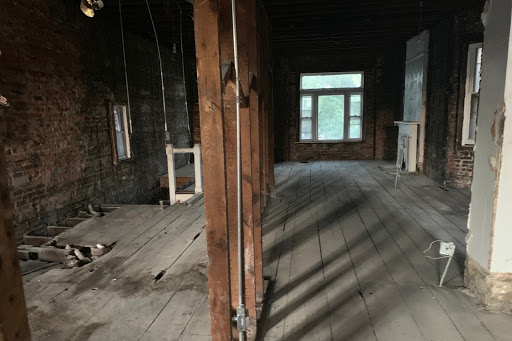
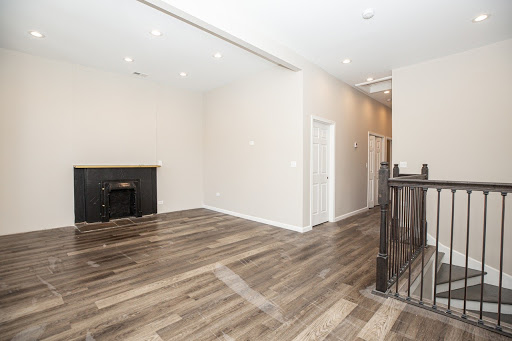
Final Result
After overcoming a plethora of obstacles, Ibn finally listed the property on Zillow in early March of 2020 while it was about 90% completed. Of course, this is right when the COVID-19 pandemic broke out, resulting in a pause in the real estate market. To add insult to injury, since the rehab wasn’t finalized, Ibn lost many potential buyers that weren’t able to visualize the finished product. Once the property was 100% complete, these original buyers weren’t necessarily willing to go back and take a second look as they had emotionally moved on. When the property was 100% complete, he eventually sold the house after 6 weeks, 33 showings, and multi-offers at a price of $610k, +21k over the listing price of $589k.
To help reduce the negative impact of waiting on the property to sell, Ibn rented out two of the units; this allowed him to cover 85% of the holding costs. Given the long time frame of the project, he had to pay additional fees to get an extension from the hard money lender.
Overall, the project turned out positive given that the property sold for 106k more than original appraisal price, just 16 months earlier. The end result is a prime example of how real estate can be very forgiving to those who don’t give up. After 16 months and many lessons learned, Ibn will be less likely to make the same mistakes twice.
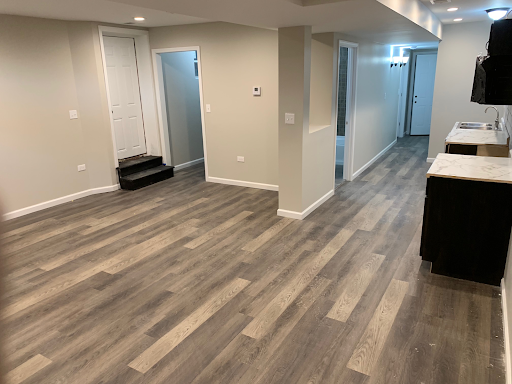
Lessons Learned
Understanding the market and location is the MOST important aspect to a longer term development project, especially in areas with uncertain ARVs (similar to the local market Ibn was targeting). You’ll want to understand the comps as how they relate on a cost per square foot basis.
Work hard up front to establish multiple funding options. Try to find private money funding, and if you have to use a hard money lender, ensure you are going to battle with someone who has your best interest at heart and will be there for you when things get off the rail.
Determine in advance whether it makes sense to appraise the property as a SFH or a multifamily, if applicable.
Build strong relationships with contractors prior to the construction. Have backup GCs and subcontractors ready to go. You are always one event away from losing your “go-to” guy.
Try to avoid a very large rehabs (e.g., those larger than $100k) on your first deal
Use a Self-Certified architect to expedite the architectural drawing process with the city.
Use a realtor if you do not want to show a listed property and answer phone calls from potential buyers yourself. Wait until the rehab is 100% complete so that buyers don’t have a poor first impression of the listed property.
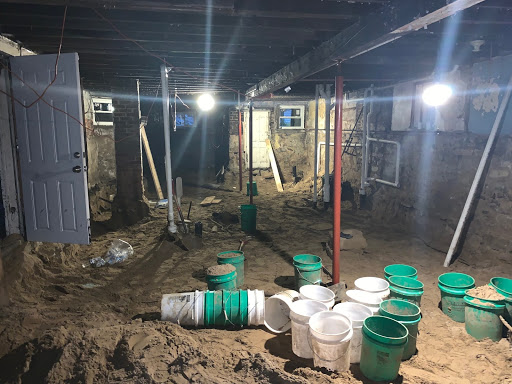
Shout Outs
Ted Kuhlmann and Ariel Ginsburg from Berkshire Hathaway
How to best contact Ibn
Facebook Page: https://www.facebook.com/ChicagoBRRRRTeam/
Group Website: http://southeastchicagorealestateclub.com/
Bigger Pockets: https://www.biggerpockets.com/users/Diversportfolio
Looking for a Property Manager? Schedule a call today or visit our website for more information.
Get your FREE copy of: Top 10 Mistakes Investors Make When Working With Lenders
Extra Hacks & Tricks from Expert Investors? Join Our Facebook Group!
Missed something? Subscribe to our Youtube Channel!
LISTEN to our Podcast on iTunes | Spotify | Stitcher | TuneIn Radio
Need A Responsive Property Manager? We’ve got you covered!




